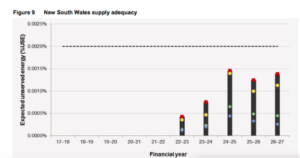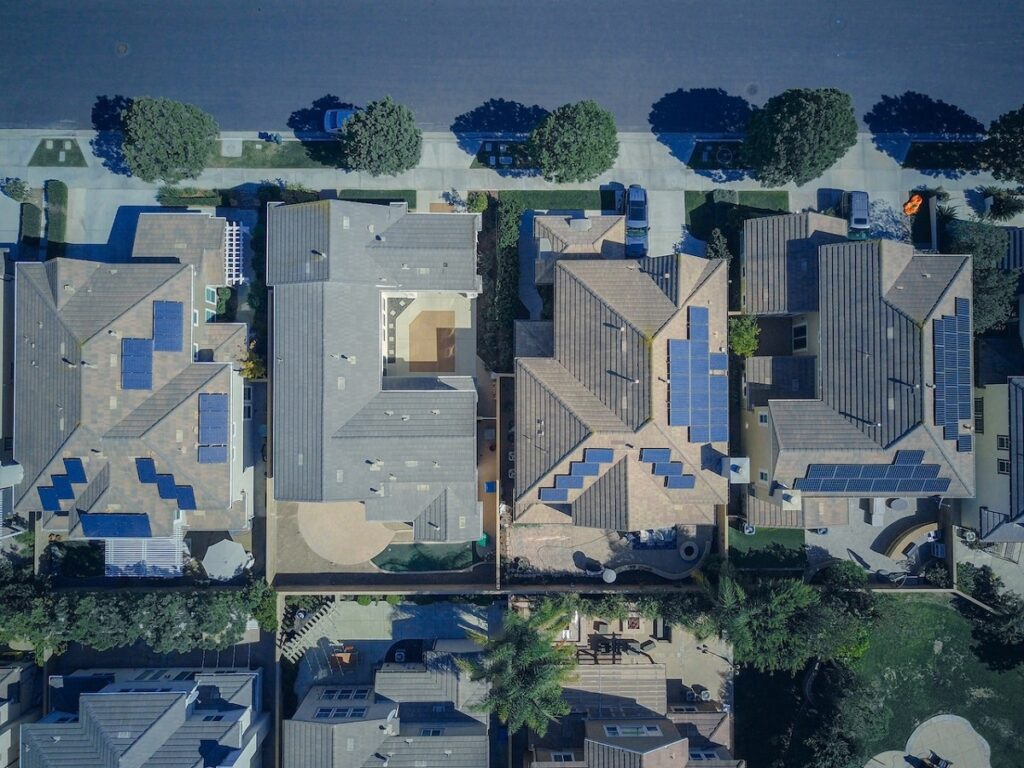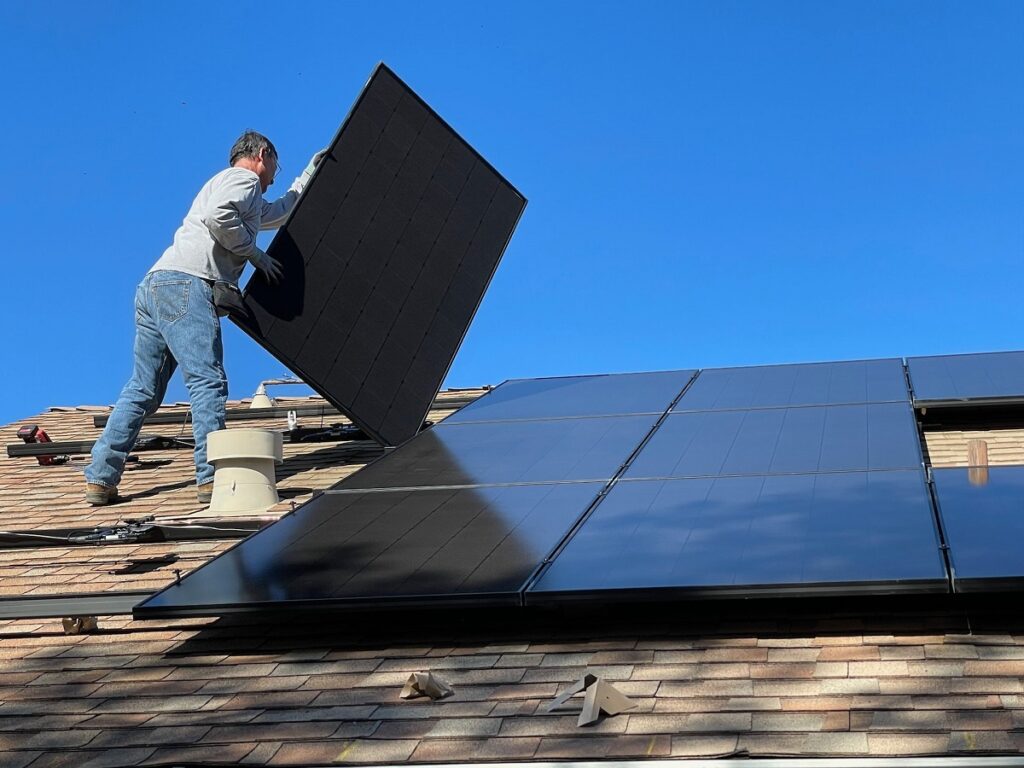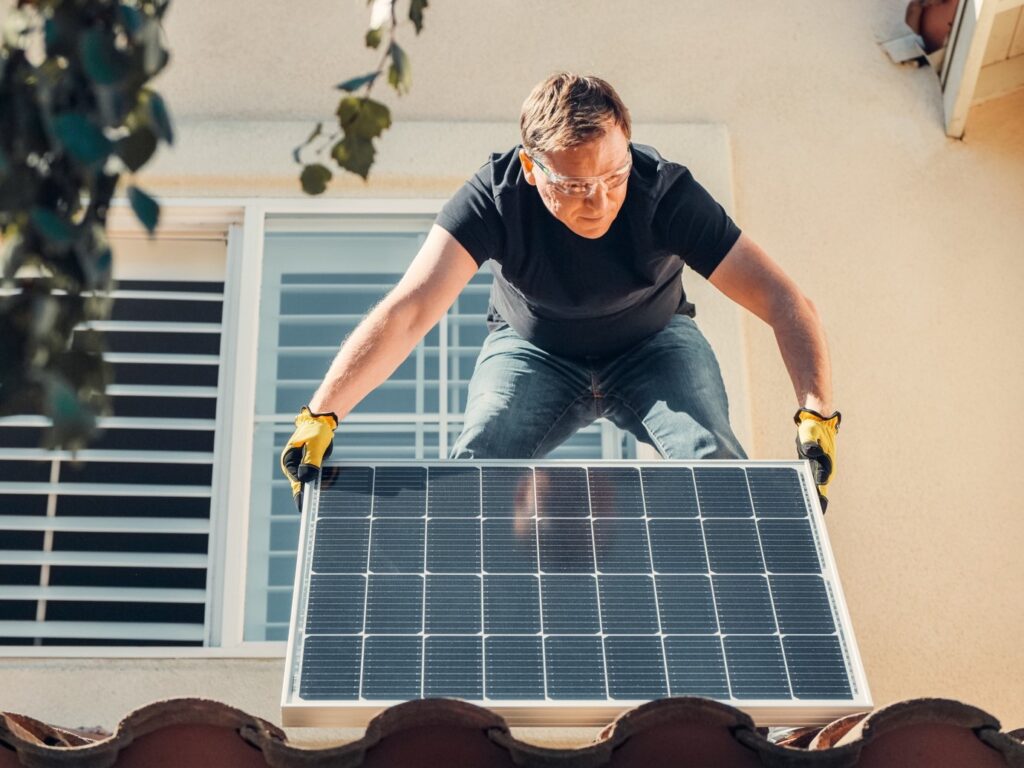Prime minister Malcolm Turnbull is mighty proud of his upgraded rooftop solar and energy storage system that he had installed in his Point Piper harbourside mansion in Sydney earlier this year.
Energy Aware Alex!
Apparently the brainchild of his “energy-aware” son Alex – as Turnbull put it in a radio interview on Thursday – the 14kW of rooftop solar and 14kwh of battery storage means that the Point Piper house doesn’t draw any energy from the grid for much of the day.
“My son Alex is very knowledgeable on renewables, energy economics generally, and we had solar panels for a long time,” Turnbull told 3AW’s Neil Mitchell in an interview.
“We got some new ones recently and a battery and that’s certainly meant that for much of the day, even with the big power demand we have there (increased by his heightened security protection), we’re actually not drawing any electricity from the grid.”
Check Your Battery Performance
And, we’re told, Turnbull loves to look at his iPhone app to check on how its performing.
But Turnbull has touched on something important here.
For all the forecasts of catastrophic blackouts in NSW once the Liddell coal generator is closed in 2022, people being stuck in lifts busting for a pee, and what will happen “when the wind don’t blow” and the “sun don’t shine”, the risks are likely lower – barring some extreme event – than is being made out.
And that’s because many households, like Turnbull, are going to install more rooftop solar panels and battery storage in coming years, partly because it is an obvious way to deflect the inflated cost of energy bought from utilities and because costs are falling rapidly.
Solar generation is on a path to making up 30-40 per cent of Australia’s electricity generation market
Indeed, according to the head of the Australian Energy Market Operator, Audrey Zibelman, distributed rooftop solar generation is on a path to making up 30-40 per cent of Australia’s electricity generation market. And, if managed smartly, this is a very good thing.
“In our (ESOO) report, we identified the fact that, with the amount of variability in our system… we need resources that can (respond) very rapidly – not like baseload,” Zibelman told a public forum on the future of Australia’s energy system, in Melbourne on Tuesday.
“These resources can be all over the system,” she said. “We are indifferent to why imbalance occurs. If we have distributed energy resources located behind the meter, and we can communicate with those, it might even be better than switching on baseload.”
How much does a Liddell put into the grid?
It may seem crazy to compare a household system with a big coal generator, but the issue here is not how much a coal plant like Liddell puts into the grid (around 8,000GWh, or 10 per cent of the NSW supply at the moment), but when. Much of its output is at night-time and can be easily replaced by renewables.
The key is what happens at the critical demand peaks, and as we discuss below, when it really mattered last February, much of Liddell was a no-show, and the grid operator does not like the idea of having to rely on ageing generators that are vulnerable to high temperatures – the usual ingredient for critical peaks.
The Australian Energy Market Operator’s assessment of short and medium term energy needs – the cause of this sudden interest in prolonging the life of a 50-year coal generator – says rooftop solar PV is going to play a critical role in minimising outages.
Rooftop Solar Push
First of all, rooftop solar will offset projected increases in demand caused by a growing population, economic growth and the increase in appliances and air conditioning. It predicts strong growth of rooftop PV coupled with battery storage, especially after 2019/20 in NSW.
That rooftop solar push maximum demand from mid to late afternoon until after sunset, and so narrowing the peaks, those few hours of the year when the market operator will experience a white-knuckle ride, fearful that that big coal and gas generators will suddenly trip in the heat, as they did in NSW on February 10.
Its ability to address those peaks will be helped by battery storage installations liked Turnbull’s, which can be pooled and provide a useful service to the grid – acting like virtual power plants. It is the sort of smart technology AEMO now wants to pull into its portfolio to manage a changing system.
Batteries Will Revolutionise the Energy Market
As Turnbull himself said after visiting the Tesla HQ in California in 2015: “Batteries have the potential to revolutionise the energy market, reducing peaking power requirements, optimising grid utilisation of renewables ….”
 The graph shows that even with the closure of Liddel, Australia’s tight reliability standards are not breached, and the potential for unserved energy is greatly reduced by the assumption of more rooftop PV and large scale renewables.
The graph shows that even with the closure of Liddel, Australia’s tight reliability standards are not breached, and the potential for unserved energy is greatly reduced by the assumption of more rooftop PV and large scale renewables.
And it also worth pointing out that AEMO’s estimates for potential unserved energy post the Liddell closure do not include increased levels of storage – either at household level like Turnbull’s or with large scale wind and solar farms.
Nor does it factor in a boost in demand management likely to encouraged by the ARENA sponsored initiative this year and next and by a market mechanism after that which could deliver “half a Hazelwood”. Nor does it include the much-vantued Snowy 2 pumped hydro scheme.
It all makes the Coalition’s interest in extending the life of Liddell harder to understand.
Meanwhile, in the states, a 20MW/34MWh storage facility has been announced for Stawell in western Victoria, adjacent to a new wind farm, and the results of a tender for two more 20MW battery storage insallations, totaling 100MWh, will be announced soon. Local network operators Ausnet and Spark Infrastructure have been having lots of fun using storage to test mini-grids, virtual power plants, and “mobile” storage back-ups.
In South Australia, the 100MW/129MWh Tesla big battery and the 30MW/8MWh Electranet battery will be built this summer, and other storage facilities are also on their way, waiting for the right market signals and rule changes.
“The system is changing. That’s not a bad thing,” Zibelman told the AEMC hosted Making market transformation work forum on Tuesday. “We have to think about this next generation of markets. We have to work with the transformation of the nature of the system, and take advantage of (what it offers).”
Source: Giles Parkinson and Sophie Vorrath https://onestepoffthegrid.com.au/


